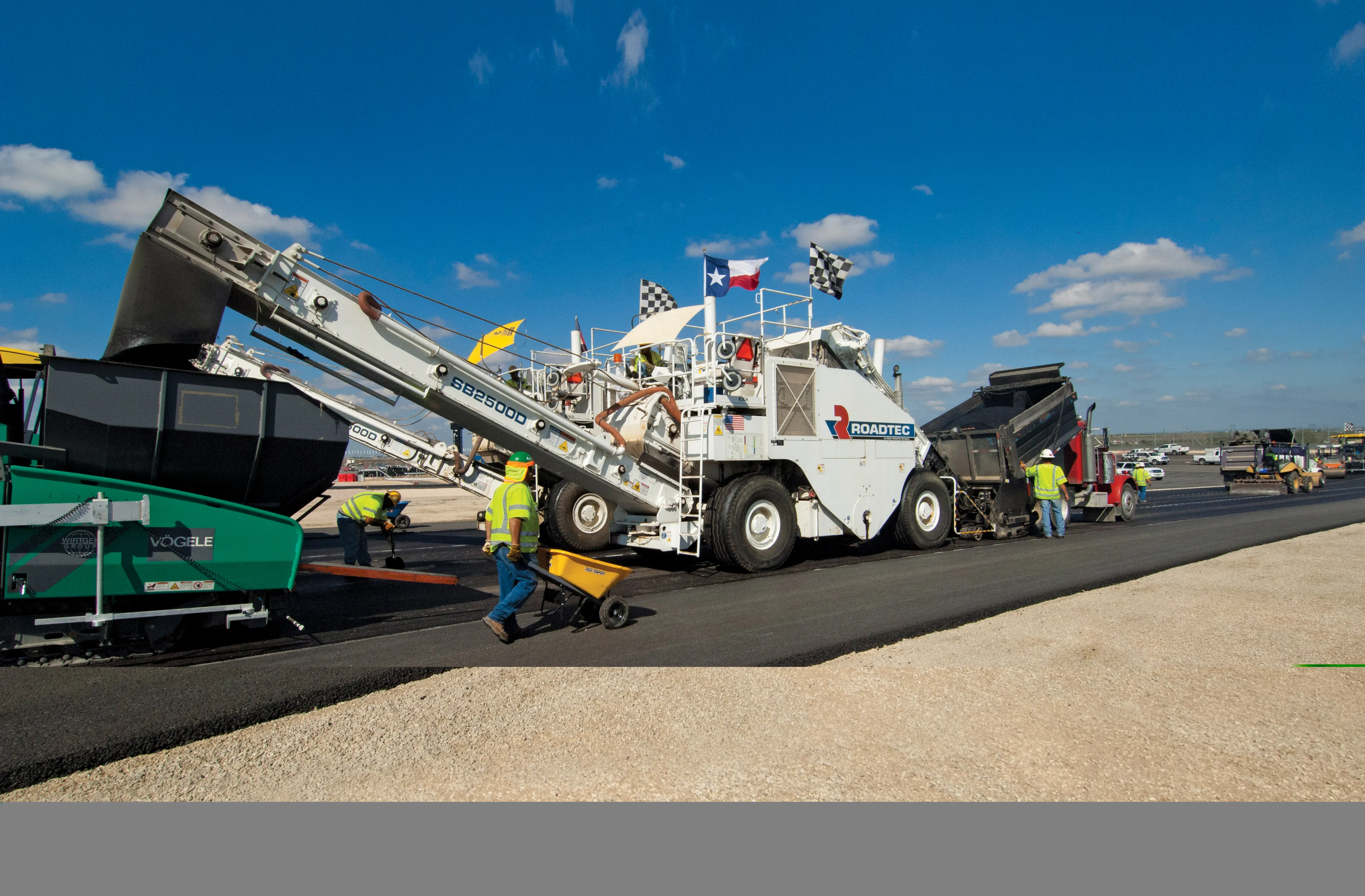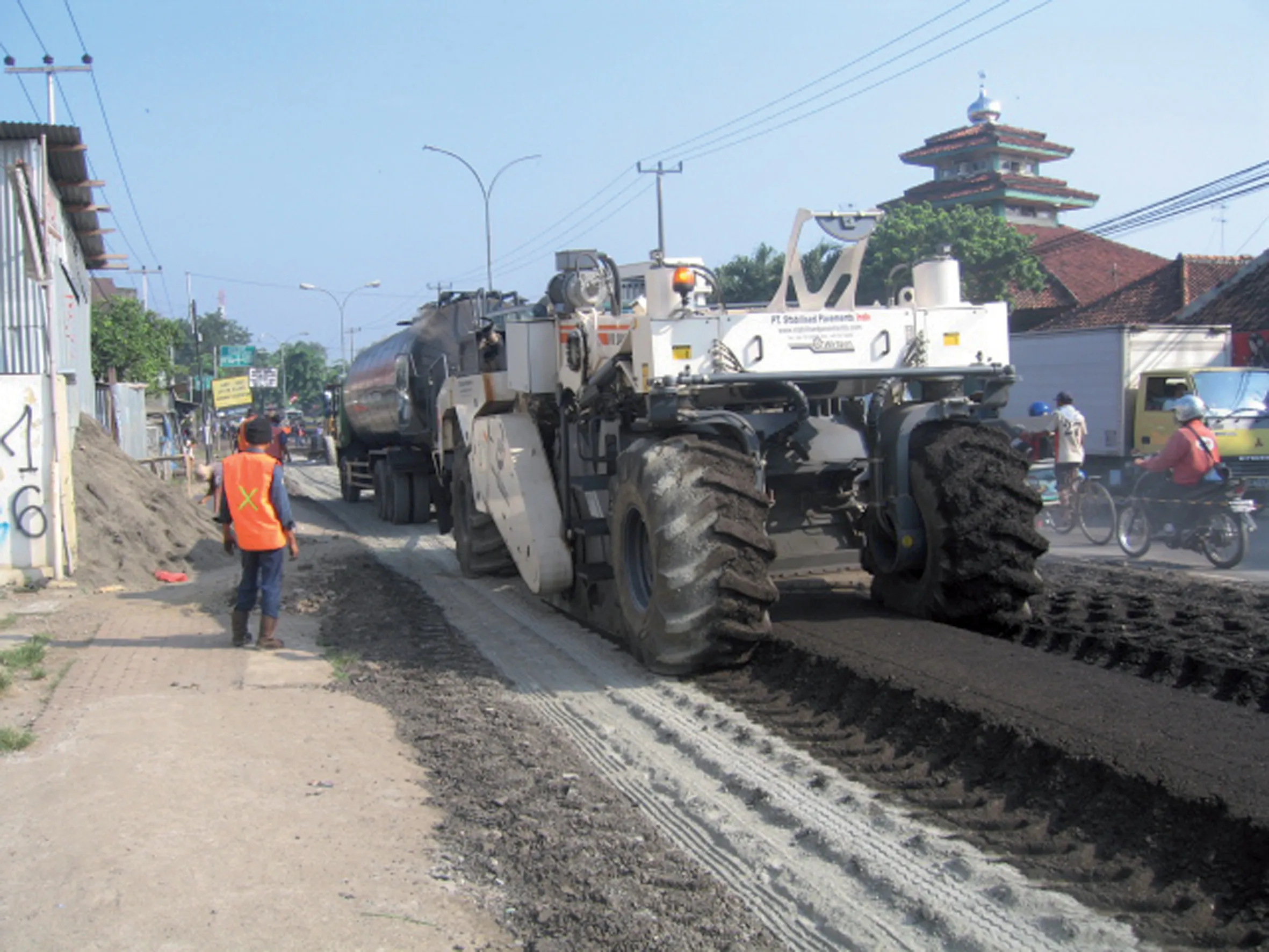Independent tests are showing the benefits of the latest geosynthetics developments. Geosynthetics specialist Tensar has commissioned independent tests to prove the capabilities of its innovative TriAx product, which has set a lead in the field.
February 24, 2012
Read time: 4 mins
Independent tests are showing the benefits of the latest geosynthetics developments
Geosynthetics specialistThe TriAx product was launched two years ago following a development programme that took several years. Innovative in design, TriAx features a structure based on equilateral triangles and this provides a strong grid in two planes allowing a superior performance to the firm's earlier geogrid products.
Chris Jenner, chief civil engineer at Tensar explained that the TriAx system has been designed to help ground stability. He said, "What we want to do is provide practical solutions."
The equipment to manufacture the product was not inexpensive so the firm needed to prove the concept using other tests prior to committing itself to manufacturing. Tests have been carried out at the TRL, Nottingham University and at the Building Research Establishment (BRE), as well as at Tensar's own facility.
The TriAx product was first produced at Tensar's Chinese facility but is now being manufactured at the firm's factories in the US and the UK as well, now that the concept is being introduced into more markets around the world. The TriAx product has been available in Europe since early 2008 and is now being launched in the Middle East.
Jenner explained that there were certain limitations with the initial tests, which was why Tensar wanted to investigate the performance in far greater detail. He said, "None of the testing has been done looking at the grid on its own."
This latest batch of testing is investigating the performance in greater detail and is being carried out at the Pavement Test Facility at the TRL. Jenner explained that during the development of TriAx, the firm's technical team posed the question as to how geogrid technology could be improved. Studies had shown that factors such as interlock and in-plane stiffness are critical with regard to geogrids.
While testing at the TRL is not a low-cost option, according to Jenner the quality of the results and the high profile and reputation of this organisation justifies the expense. He said, "We do believe in performance testing. What we want is an independently verified result."
The TRL's evaluation of TriAx has been led by Dave Blackman, deputy laboratory manager. Blackman explained that the material has been embedded in soil and subject to a thorough evaluation process. The testing unit TRL has been using features a 35tonne carriage that can be fitted with either a single or a dual tyre and delivers a maximum wheel load of 10tonnes, simulating a 20 tonne axle load. The carriage is hauled by cables that are powered by a 180kW motor and at speeds of up to 20km/h, although the wheels themselves are not driven. Blackman said that for the TriAx test, the carriage was set to travel at 15km/h and carry out around 750 tests/hour, although it can carry out a maximum of 1,000 tests/hour at full speed.
The relationship between the soil or aggregate and the TriAx material is crucial to the overall performance when this is installed. The movement of the aggregate is constrained by the grid, stabilising its structure and while some grid in stone tests have been carried out in the lab by Tensar, the TRL's full-scale investigation has been more comprehensive.
The tests at the TRL show that the Tensar TriAx product provides effective sub-base reinforcement, when compared with areas of ground featuring no grids or with areas where conventional grids are installed. The firm says that the results show TriAx helps improve the bearing properties of road foundations by mechanically stabilising the granular base layers. Employing the TriAx product can also deliver major cost savings for the client and according to Jenner, using TriAx can reduce the quantity of aggregate sub-base required by up to 40%. Tensar also says that using TriAx instead of a conventional geogrid product offers the potential of increasing the longevity of an engineering structure. Jenner added that TriAx also offers benefits for use with asphalt road construction techniques. He said, "A number of problems we see in the asphalt layer can be caused by problems underneath."
Tensar is keen to continue the technical lead set by the TriAx product and Jenner said, "We have made TriAx grids even better."
The company is testing two grades of TriAx in the field now and is looking to extend the grades in the product line-up. Jenner said, "We can't stand still with it."
There are different aperture sizes for different materials, with bigger aggregate sizes requiring bigger apertures for example. The technology is beginning to gain market acceptance and in the UK for instance where TriAx was made available early in its phased introduction, there is now some 6,000m² or so of TriAx in use. Jenner said that Tensar has already had good feedback from engineers using the product in the field.









